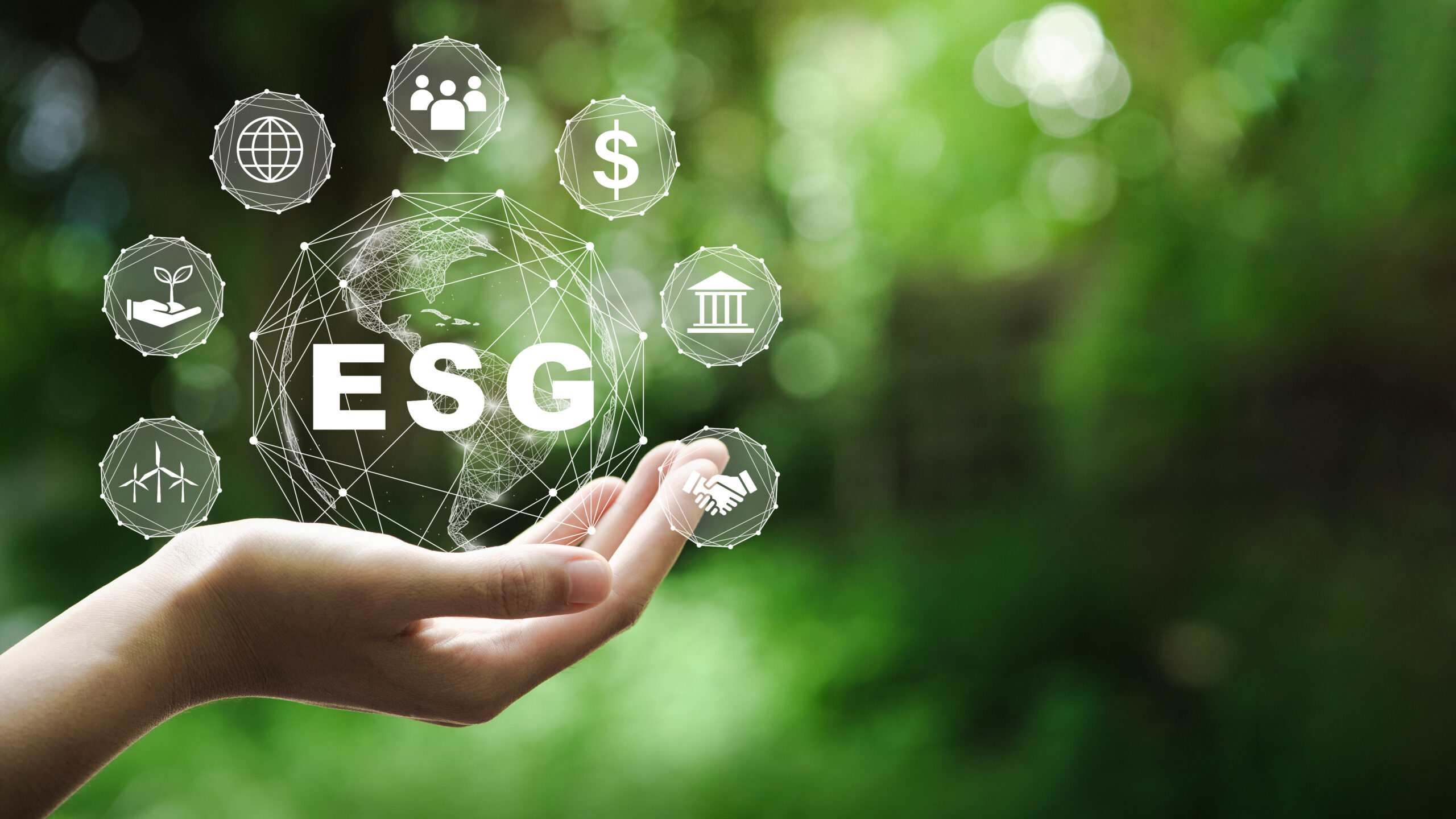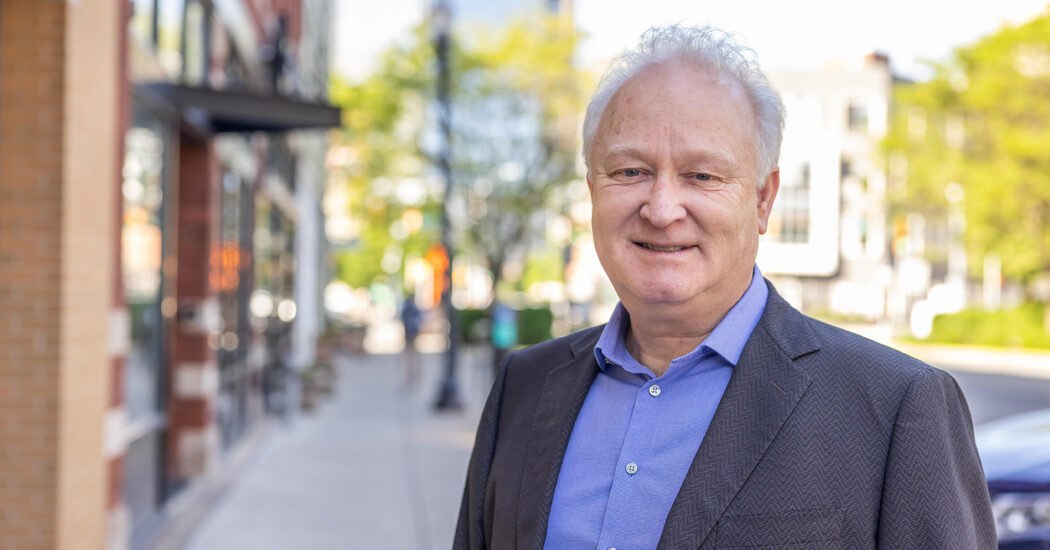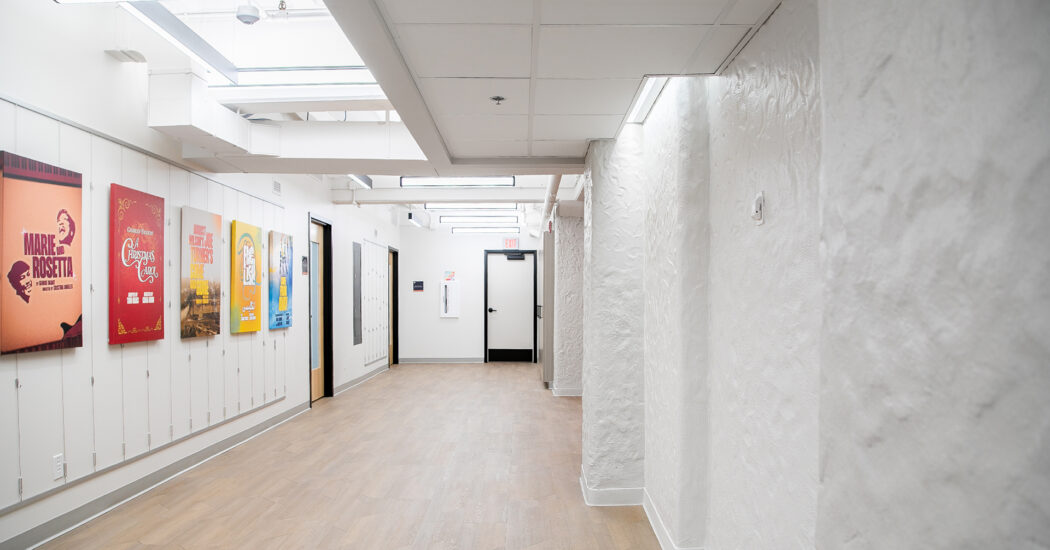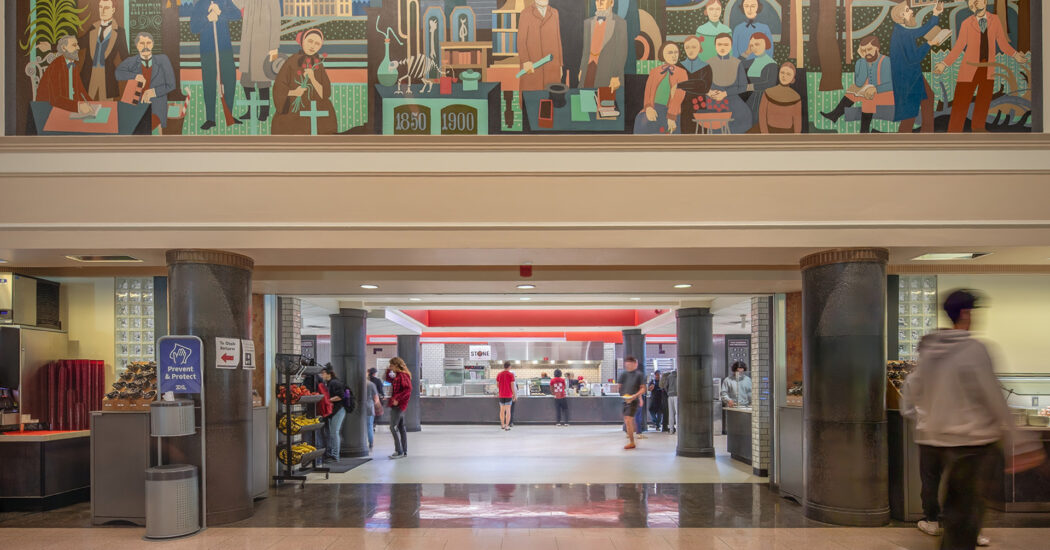Sustainability Matters: A Conversation with Veena Reddy
-
Category
Innovation, Leadership -
Posted By
Schmidt Associates -
Posted On
May 07, 2024
When Project Architect/Associate and Sustainability Leader Veena Reddy discusses Environmental and Social Governance (ESG), the one rule she wants every leader to know is how important the conversation is–as well as why removing the word “trend” is imperative.
“ESG is not a buzzword. Leaders who sustain and strengthen their organizations will always reap the benefits of a strong reputation in the marketplace,” she says.
But it is nearly impossible to build and strengthen on an unstable foundation. Therefore, leaders should develop policies and invest in the planet and their people for organizational success. To fully grasp this concept and understand what this entails, we spoke to her to find out. Continue reading to learn more about Veena, her experiences, perspectives, and philosophies on sustainability.
What drove your interest in environmental and social responsibility?
The study and practice of sustainability is only around 40 years old. As an architect, I have matured in conjunction with the field of sustainability. As I have grown, the insight, data, and the reality of how our unsustainable human activity impacts the planet and everything we cherish has become undeniable. What drove my passion for the preservation of our environment and advocating for equitable human health and happiness is seeing that both are critically compromised.
I knew I could move the needle in the opposite direction by moving my architectural focus to environmentalism and social responsibility. Although this does not seem like a creative endeavor, it takes a great deal of ingenuity. We cannot erase the problems. We must solve them. As Architect, Engineer, and Futurist Bucky Fuller said, “You never change things by fighting the existing reality. To change something, build a new model that makes the existing model obsolete.”
How important is environmental and social responsibility in business?
It is extremely important. When a corporation or a business effectively integrates best practices for environmental protection into their internal systems and products, they are actively combatting the detrimental practices of consumption, extraction, and pollution that have become the status quo for modern civilization. In a society where there is minimal regulation to maintain high levels of sustainable practices, ESG is starting to define which businesses are ethical so consumers can make better choices. Businesses that are not getting on board with ESG will lose business to those who are demonstrating best practices.
What role does image play in developing effective environmental and socially responsible practices?
With image, I think of how we want to be seen. For leaders who want to be seen as environmentally and socially responsible, image is an effective driver. This ‘image’ must be crystalized into a goal or goals for the organization. That should include commitments, actions, and achievements. These actions should be tracked internally and shared externally to raise the bar of sustainable practice for peer organizations.
What are the benefits for businesses that practice sustainability?
By incorporating sustainable practices, businesses can meet evolving investor pressure, consumer demand, and regulatory requirements. Sustainability has also been proven to attract top talent, reduce operational costs, and boost profits.
What should leaders do to drive positive change and what tips do you have for them to implement a strategy?
I always tell leaders that there are great ways to drive positive change if they have the will. They can get educated or lean on a third-party educator to evaluate their operations. There is a wealth of knowledge available from federal and local agency- and industry-specific environmental organizations that offer help through free webinars, articles, and online forums. Leaders can also set goals in three categories that include internal operation and culture, products and services, and infrastructure and investments.
For internal operations and culture, leaders can make staff education a part of the onboarding process or make it part of continuing education. Basic knowledge will shift the mindset of the internal culture. So many do not feel they can drive change or that their actions have an impact. The more I engage in sustainable education, the more I recognize that it is the role of leadership to empower communities with knowledge and a sense of purpose. If one feels that energy is going toward a black hole, they will be reluctant to contribute or get involved. But if contributions are celebrated, communities will want to embrace it as a customary practice. The beauty of this is the community gets to take ownership of the commitment and self-polices their activity and ethical behaviors become part of the culture while unsustainable practices become unacceptable. A simple example of this is when an employee learns the copier paper is not a brand that is made from 100% recycled content. They immediately contact the person in charge of paper procurement to correct the paper order.
Investment in research and development can also push the proportion of an organization’s products and services that are carbon neutral. Leaders can increase the use of recycled content for products by reducing packaging and waste. One way of doing this is by avoiding investment in material-based marketing, unusable totes, unnecessary plastic tokens, paper goods, and insulated coffee cup. Another way is to right-size the output and do the research to prevent overproduction and waste. Another option is to look for ways to turn a new product into a service to decrease material use and better utilize human capital. This is known as dematerializing the economy.
Finally, leaders should look at the built environment of their organization and design and retrofit to maximize efficiencies. This can be done by eliminating unnecessary space, reducing energy consumption, and nonrenewable resource use.
How can employees incorporate sustainable practices into their everyday work?
Depending upon the industry this will vary. For architects and engineers, they can evaluate neutralizing the carbon footprint of their design by studying low-carbon material options or renewable energy systems. If the industry is fashion, employees can recommend using ethically, locally sourced materials and minimizing harmful plastic packaging. For food service, this could include minimizing food waste or sorting waste to divert it away from landfills.
Employees can lead by example and make waves of change. They can reduce waste on the job, carpool, cycle, or take public transportation for their commutes. They also can be mindful of energy use by turning off equipment when not in use and keeping water consumption low. They can care for plants or incorporate onsite food production into their daily and weekly work schedules and help create a community of mindfulness and health. As well, employees can have conversations and host events with support from leadership to volunteer in the community. Sustainability and social ethics education can be brought to organizations in a variety of creative ways such as lunch and learns, presentations and community tours.
It has been said that more education leads to stronger environmental and social responsibility practices. What specifically are you doing to educate other leaders on the steps they can take to be more socially responsible?
I am taking the legwork out of finding the path toward a more sustainable operation for leaders. Like any complex and evolving issue, the information, data, misinformation, and landmines can be overwhelming and frustrating because of the time it takes to learn. I am fortunate that my role at Schmidt Associates allows me to follow my chosen path of being an educator on sustainable built environments. I can offer solutions with metrics and data to explain the why and how to leaders. We all need trusted advisors and resources to make the right choices. I am privileged to be both.
*To learn more about ESG and building a sustainable future for your organization, email Veena at vreddy@schmidt.com








